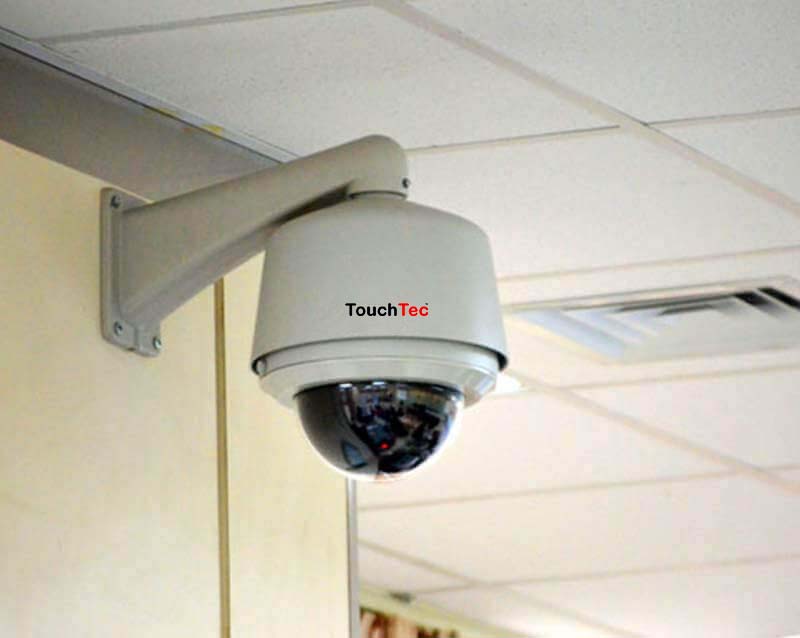Installation Services
CCTV cameras play an important role in our daily life. CCTV surveillance system solutions are almost useful in every sector. There are numbers of steps that we follow during installation services:

Request A Free Quote
1. Layout
A System Design layout shall be prepared for submission to the client. The proposal shall include the information detailed of the Client, target location, types of the cameras, level of quality and expectations from recording etc.
2. Planning
Prior to commencing the installation of the components of the CCTV system, the following issues shall be considered.
1. Manufacturer’s recommendations: All system components shall be installed in accordance with the manufacturer’s recommendations. If it is not possible, advice should be sought from the manufacturer or supplier.
2. Environmental considerations: System components shall be suitable for the environmental conditions in which they are to operate. It includes potential impact of changes in foliage from season to season, potential impact of daily and seasonal variations in light and climatic conditions.
3. Design and Exceution
The main point of the CCTV installation is designed as a blueprint. It is very tough to watch each point of your home so select some of those main points from where you can keep eyes and catch the activities. Thus, it must be designed in a way that it covers all the target areas.
Installers with the necessary training and experience shall carry out the installation. Installers shall have the appropriate tools and test equipment essential to install the CCTV system correctly. Where measuring equipment is used, the equipment must be of a standard necessary to provide the required precision and accuracy to install and test the system.
Computer networking with cat6 cable
Installers run Cat6 for IP cameras because it is reliable than Siamese cable and the video signal can go farther. A Category 6 cable (Cat 6 cable) is a type of twisted pair cable standard used specifically in gigabit (Gb) Ethernet-based computer networks. The Cat 6 cable is fully backward compatible with previous versions, such as the Category 5/5e and Category 3 cabling standards.
Optical Fiber
The type of fiber is determined by the transmission distance, whether it is going to be used in indoor or outdoor applications. There are two different types of optical fiber cable, multimode and single mode. Multimode fiber has a 50 to 62.5 microns core and is widely used to connect telecommunication rooms within campus buildings. Single mode micron’s measures 9 microns and is used in long distance applications.